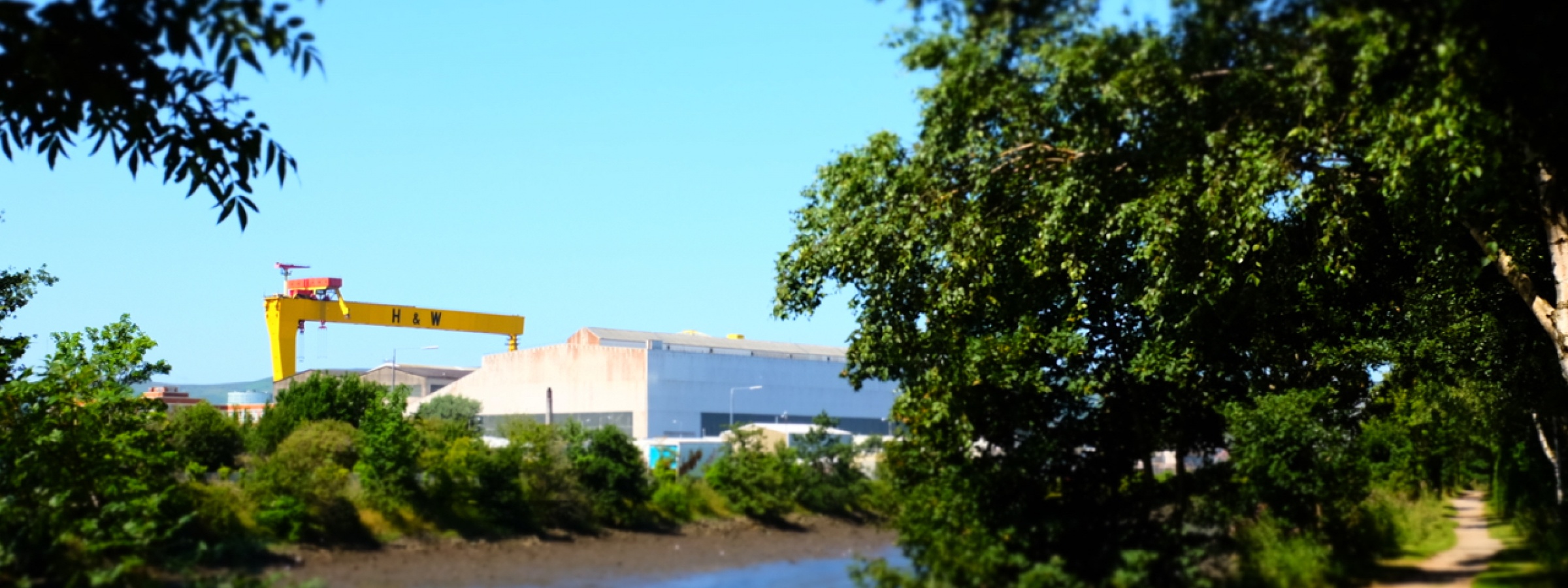To mark LGBT+ History Month, our guest blogger Michael Fryer has shared with us the exciting and important work the LGBT Heritage Project Northern Ireland has been doing for the last year as well as uncovering some local east Belfast stories of remarkable LGBT people from the past.
February 2021 marks the first anniversary of the launch of The Troubles I’ve Seen, otherwise known as the LGBT Heritage Project Northern Ireland. It’s hard to believe it’s been a year – although that might have something to do with the vagaries of Covid time – but over the past 12 months the project has managed to put together an exciting programme of events and resources. Funded by the National Lottery Heritage Fund, the project remit is to uncover, conserve and share the hidden heritage of the LGBT community. It covers the period from 1982 when homosexual acts between men in Northern Ireland were decriminalised to 1998 with the signing of the Good Friday Agreement.
It’s been my privilege to work with 15 other volunteers under the leadership of project coordinator Dr Richard O’Leary as we’ve explored together this relatively recent period in our history. From highlighting Belfast’s LGBT ‘places of pride’ to filming ourselves talking about our own queer objects at home, the lockdown restrictions have meant that we’ve had to take a more creative approach than we might otherwise have done. So instead of visiting physical archives, the project volunteers have embraced the digital realm, with regular Zoom meetings and online training sessions. We’re currently in the process of creating a digital archive to conserve local LGBT stories and we’re planning to record oral history interviews with older LGBT people.
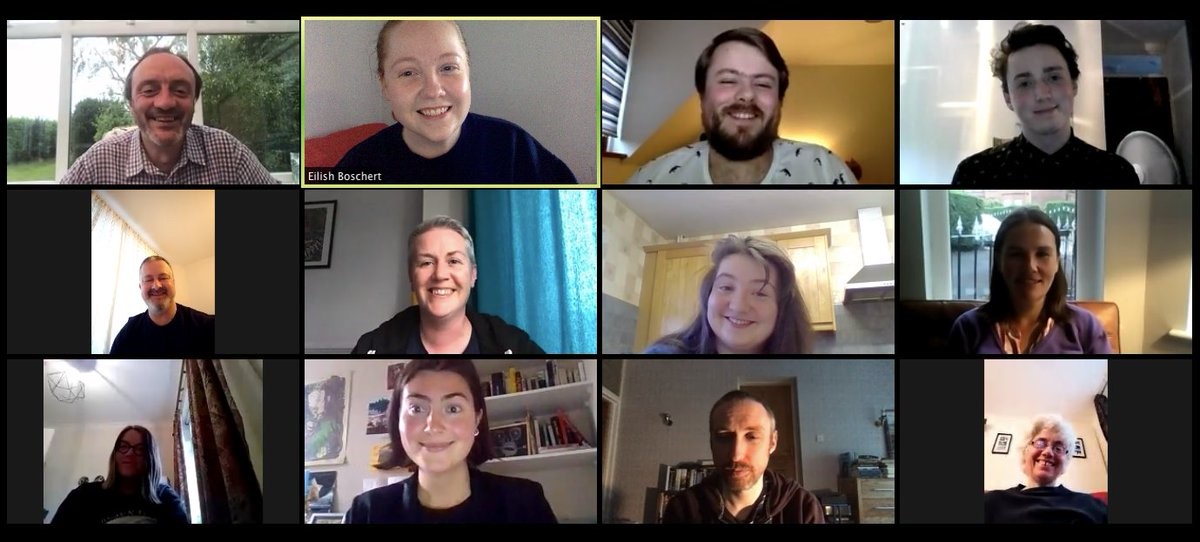
One highlight for me has been the launch of a monthly LGBT History Club in partnership with the Linen Hall Library. This has been a great platform for discovering wider LGBT history and we’ve had speakers presenting on topics as diverse as the birth of the Irish transgender community, lesbian writer and activist Mary Dorcey and the LGBTQ+ history of Hillsborough Castle. Another personal highlight was in August 2020 when I delivered a webinar for Belfast Pride’s annual LGBT Health Fair on the connections between LGBT heritage and improved wellbeing. You can watch the webinar here: https://youtu.be/cVhr1THToB0
In this LGBT+ History Month, it’s good to be reminded that there are hidden LGBT stories everywhere in our communities. Some are connected with famous names. For example, how many people know that CS Lewis, one of East Belfast’s most celebrated sons, was best friends with Arthur Greeves, a gay man? Greeves grew up with Lewis on the Circular Road and they remained close friends for the rest of their lives, with Lewis dedicating his 1933 book The Pilgrim’s Regress to Greeves having stayed with his friend in Belfast to write it. Adding to this area’s rich literary connections is the blue plaque at 13 Ormiston Crescent commemorating the home of writer Forrest Reid. The plaque was unveiled by Reid’s friend and fellow gay novelist EM Forster who once described him as ‘the most important man in Belfast’.
Another East Belfast blue plaque is appropriately located at the Strand Arts Centre to commemorate film director Brian Desmond Hurst, born in Ribble Street in 1895. Hurst’s movies include Dangerous Moonlight (1941), Scrooge (1951) with Alastair Sim in the title role and Malta Story (1953) starring Alec Guinness. One biography of Hurst is called The Empress of Ireland and he was apparently always open about his homosexuality even when the law made that a dangerous choice.
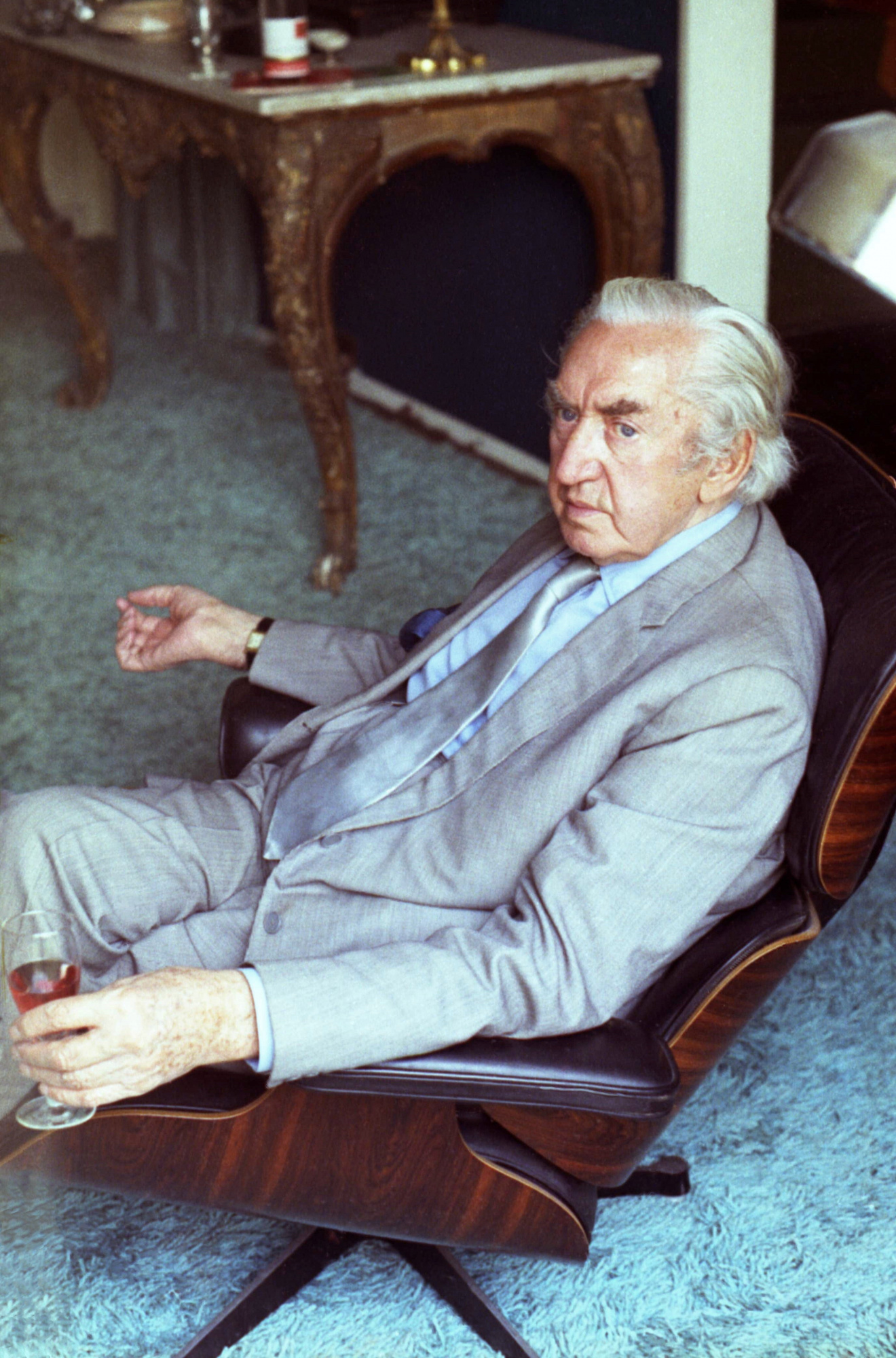
Perhaps not surprisingly, LGBT political connections abound in East Belfast. Jeff Dudgeon, the gay rights campaigner whose case at the European Court of Human Rights led to the decriminalisation of homosexuality in Northern Ireland, grew up in Strandtown and attended Campbell College. A century before the landmark Dudgeon case, Edward de Cobain, Conservative MP for East Belfast, found himself accused of gross indecency with young men and fled abroad to escape arrest. He was expelled from the House of Commons and on his return to Belfast in 1893 he was arrested, convicted and sentenced to 12 months’ imprisonment with hard labour (you can find more information about the de Cobain scandal and queer lives in Victorian and Edwardian Belfast in Dr Tom Hulme’s inaugural LGBT History Club talk: https://youtu.be/FlT8tCGgv28).
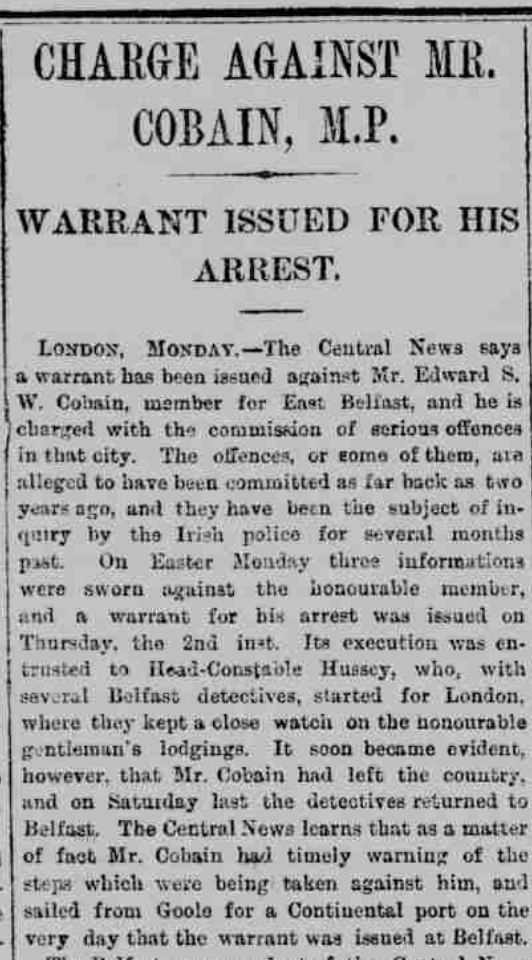
Then there are those stories of ordinary East Belfast LGBT people who made a difference in their own way. Revd Mervyn Kingston was born off the Ravenhill Road, attended Grosvenor Grammar School and worshipped at Willowfield Parish Church before eventually becoming an ordained minister in the Church of Ireland. He served as a curate in St Donard’s Church on the Bloomfield Road and later in his life, along with his partner Richard, became a co-founder of Changing Attitude Ireland, a network of Anglican Christians working for the full affirmation of LGBT people within the Churches in Ireland. He died in August 2013 aged 65 but his legacy of love for God and his fellow human beings lives on.
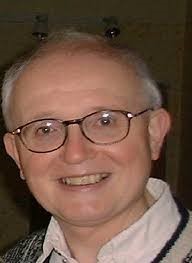
Like any community when you scratch the surface, it’s clear that East Belfast is a rich repository of LGBT history. While this blog post has only featured a few examples of gay men, we know there are local lesbian, bisexual, transgender and queer stories that are still yet to be told. Our hope is that through the LGBT Heritage Project some of these stories of LGBT people from East Belfast and from across Northern Ireland will be shared and conserved for future generations.
To find out more about the LGBT Heritage Project, follow them on:
Twitter @LGBTHistoryNI
Facebook LGBTHistoryNI
Instagram lgbthistoryni

